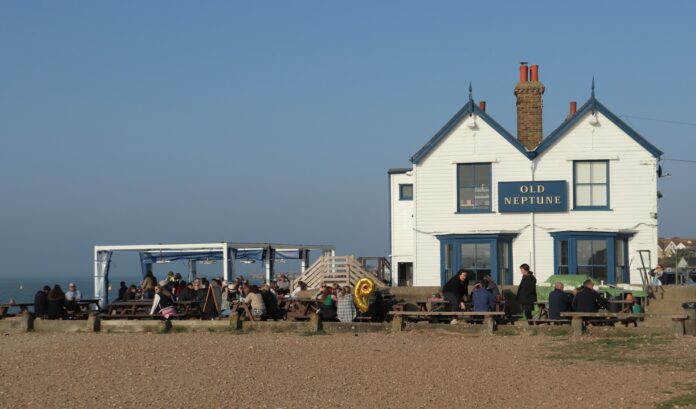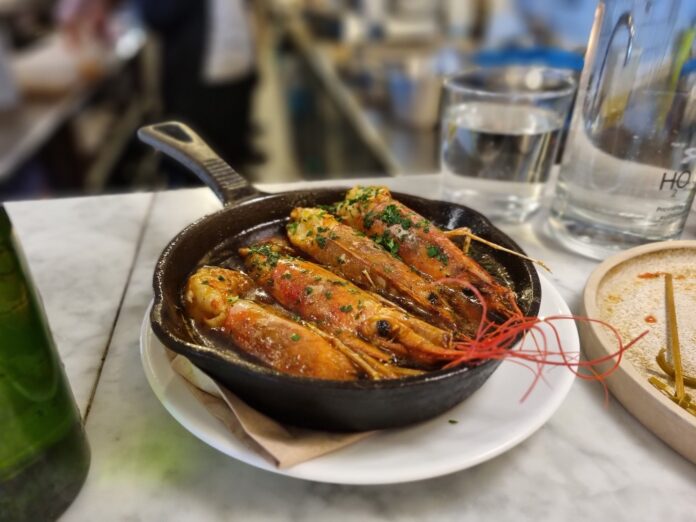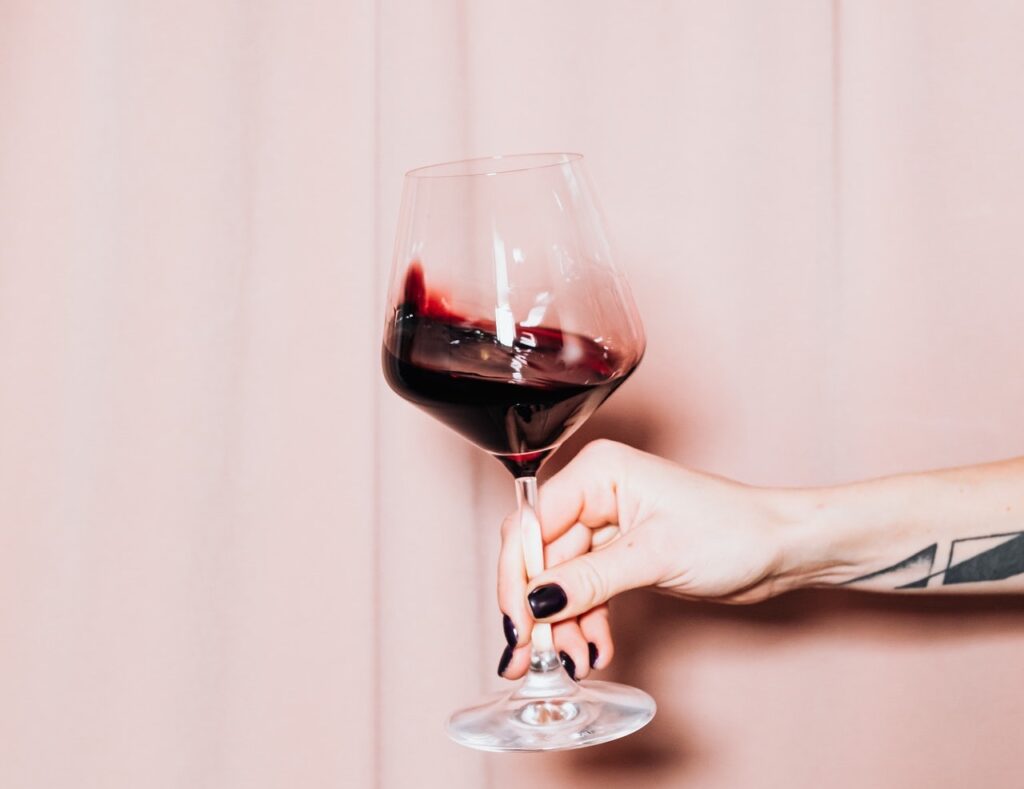
Ideal for those looking to get to grips with beverage basics.
In the most basic terms, wine is an alcoholic beverage made from a fermented juice of grapes. But as we all know, it’s so much more than that; an age-old and refined process which translates into a high falutin, highly enjoyable experience when in conscientious, well chosen hands and on carefully trained palates.
When considering that drinking experience, the process of winemaking itself and the kind of grapes used define the taste experience. But drinking wine is more than just consuming an alcoholic beverage. To get to grips with the essentials, here’s our beginner’s guide to understanding wines, IDEAL for those looking to get to grips with beverage basics.
WINE BASICS
Wines are mostly made with wine grapes, which are sweeter, smaller, contain seeds, and have thicker skins than their fruit bowl dwelling cousins. For commercial production, there are a thousand wine grape varieties and each may vary when it comes to size, shape and wine calories, but only about a hundred of these varieties make up 75% of vineyards across the globe.
Such grape varieties are planted by wine producers around the world. These days, Cabernet Sauvignon is the world’s most planted wine grape. Other popular red wine grape varieties include Pinot Noir, Syrah, and Merlot. In terms of white grape varieties, they include Chardonnay, Sauvignon Blanc, and Pinot Grigio.
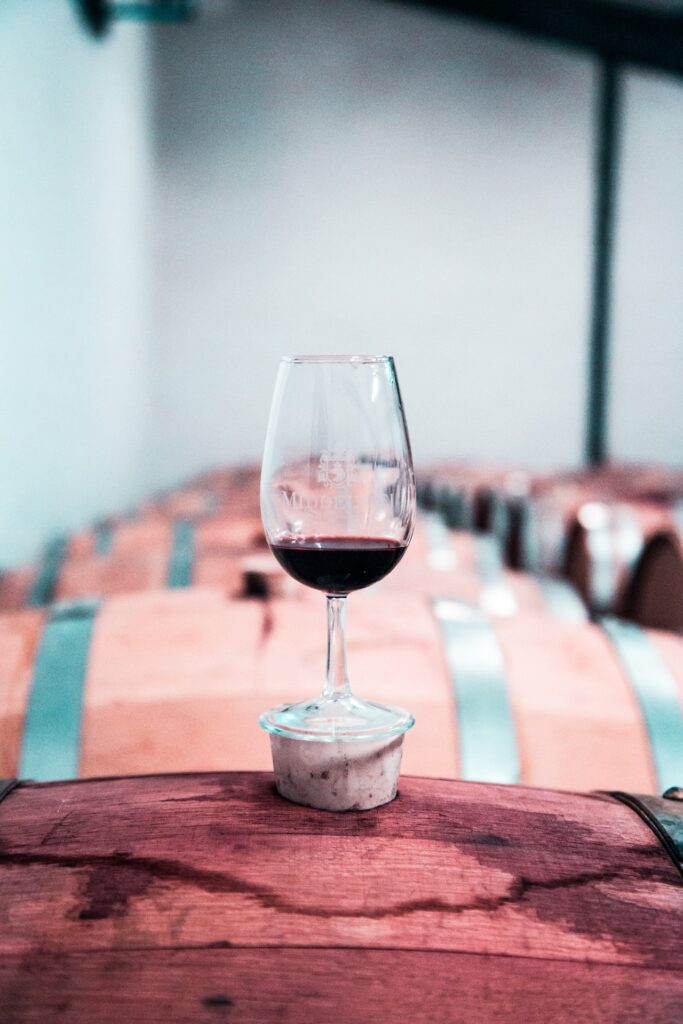
OLD OR NEW WORLD?
Countries that make wines are often known as New World or Old World. In short, Old World consists of European regions with histories of wine production, including Germany, France, and Italy. Such regions focus on “terroir,” which is the term used to describe the unique characteristics of the climate and soil – emphasised by minerals in the region’s earth, the weather, levels of sunshine and a certain sprinkle of je ne sais quoi – all of which provide wines with a sense of place and personality.
On the other hand, New World refers to newer wine-producing regions such as Chile, the US, and Australia; what these regions lack in heritage, they often make up for in exciting, innovative production methods and resultant intriguing flavour profiles. Such regions tend to have hotter climates, and use more esoteric labelling methods, preferring to list grapes instead of regions on their labels for recognition and to distinguish their product.
DIFFERENT TYPES OF WINES
Wine may largely be arranged into five basic groups. Within every group, there are lots of winemaking styles and grape varieties. For the uninitiated, the five main groups are:
- White Wines
When it comes to white wines, the flavours may range from light to rich, with colours anywhere from yellow gold, straw yellow, or yellow green. The variety of white wine comes from the different winemaking methods, number of varieties, as well as ratios of residual sugar. Primarily, white wines are from white grapes, which are yellow or green in color. Other white wines may be made from grapes with coloured skin. White wine grapes can also be used to make the currently in vogue ‘orange’ (or skin contact) wine.
- Red Wines
Red wines are made from dark grape varieties and are perfect for heartier, more generous meals and occasions. Their actual colour may range from intense violet to brown for older red wine and brick red for mature wines. The juice from the majority of purple grapes is greenish-white; the red colour comes from anthocyanin pigments that are present in grape skins rather than the flesh.
- Rosé Wines or Blush Wines
These wines are pink in colour because they’re allowed to stay in contact with red grape skins for a short period of time in comparison to red wines. On the spectrum between white and red, rosé is closer to the lighter side, due to its comparatively lower tannin levels. Some famous rosé wine varieties are Sangiovese, Pinot Grigio, Zinfandel, and Pinot Noir.
- Sparkling Wines
These wines have significant carbonation that may happen as an organic part of the fermentation process or through a carbon dioxide injection after the process of fermentation. When you’re reading a sparkling wine label, you’ll also encounter some terms that show its dryness or sweetness. As so many will attest, sparkling serves as a celebratory sip.
- Dessert Wines
The dessert wine got its name due to its sweeter taste and the fact that because of this, it’s often served after a meal, complementing the final course perfectly. Usually, an alcohol beverage like brandy is added to dessert wines so they can retain more of their natural sugars, which are used up during the process of fermentation.
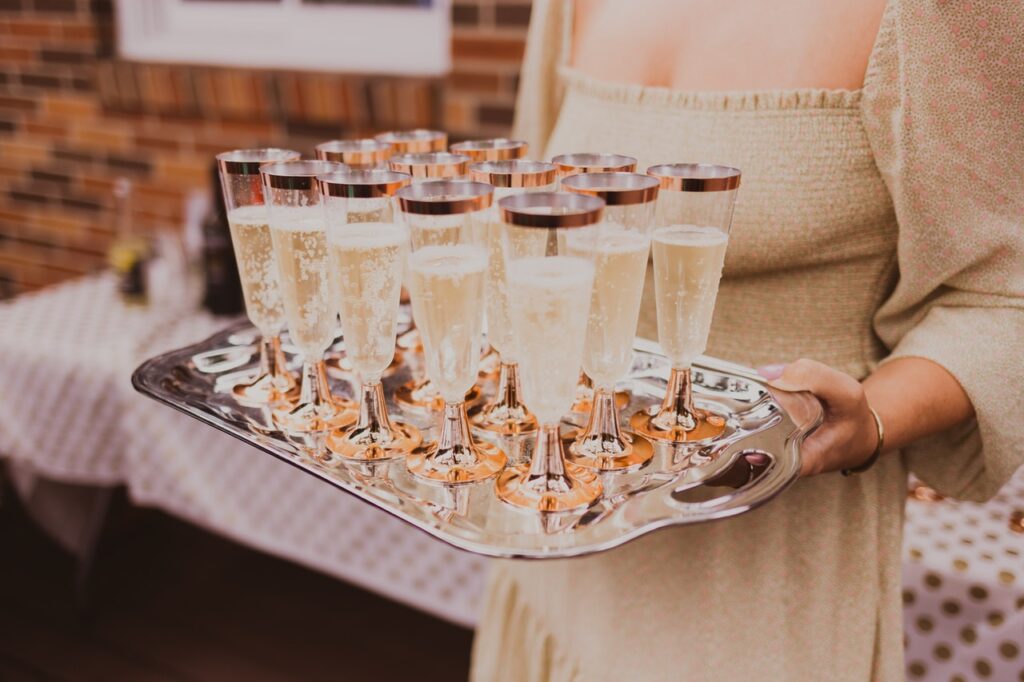
KEY WINE DESCRIPTORS
- Body – Refers to the wine’s viscosity and perceived weight. Full-bodied wines feel thick, and may likely coat the sides of the wine glass once you swirl. On the contrary, light-bodied wines are closer to water in texture, while medium-bodied wines lie somewhere in-between.
- Tannins – For red wines, it’s all about tannins. A high level of tannin in wines is astringent, which can result in an inky and bitter flavour. Low tannin wines are soft and smooth and may be more drinkable depending on your preferences or tastes. The latter can work well chilled.
- Acidity – A big deal for those who’ll prefer white wines because acidity makes such wines crisp and refreshing. If acidity is overdone, the wine can end up being overly sour. On the other hand, low acidity can make wine taste almost fatty.
- Sweetness – Dry is the opposite of sweetness. A wine may also be off-dry or medium-dry.
TIPS WHEN SERVING WINE
Well, those are the basics. But there’s no point getting on top of the finer details until you know how to enjoy wine to its fullest potential. Just because you’re a beginner doesn’t mean you shouldn’t see to it that your wine is served at its best. To do that, you should pay attention to glassware, preservation, and temperature.
Below are some of wine serving tips you should know:
- Glassware
Every wine has something unique to offer to one’s senses. Many wine glasses are shaped specifically to accentuate such defining characteristics, which direct wine to the key areas of the nose and tongue where they may be fully enjoyed. While wine can, of course, be enjoyed in any kind of glass, glasses designed for a certain type of wine may help you experience its nuances in a better way.
- Preservation
Whenever you have leftover wine, the key is preservation. As wines come into contact with air, it easily spoils. To reduce the process of deterioration, try using a fast vacuum pump to suck out any excess air. If there’s less air in the bottle, the longer the lifespan of the wine.
- Temperature
Not to be confused with simply bunging some bottles in the fridge, a dedicated wine storage cabinet is able to hold your bottles at the ideal temperature – 5 – 10°C for white and 10-20°C for red – and humidity (70%) for longevity. Since wine is damaged by excesses of temperature and its fluctuation, if you’re taking your domestic wine bar seriously, an appropriate storage system is essential.
Whites and reds are consumed at various temperatures. However, going too far in either direction can limit how much you could enjoy the wine. A white wine that’s very cold may become flavourless and a red wine that’s very warm is often alcoholic and flabby.
THE BOTTOM WINE – SORRY, LINE
When it comes to wine, it’s all about enjoyment and you may choose how little or how much to learn about the process. Although finding the perfect wines best suited for your preferences can be challenging, discovering more about the rich variety of the wine world will better help you determine the difference between various types of wines available on the market. The key is to never stop enjoying wine until you find the perfect bottle for you!


